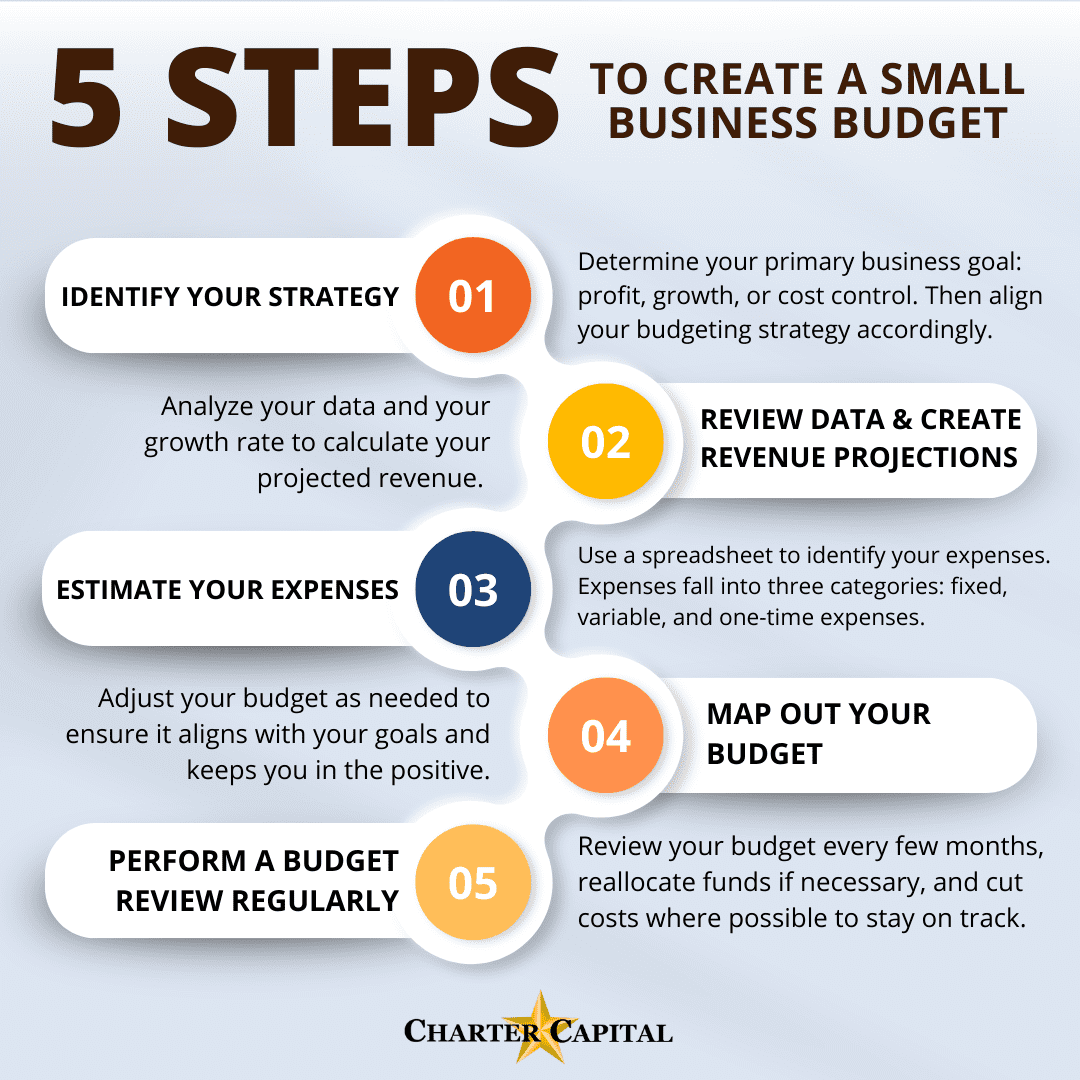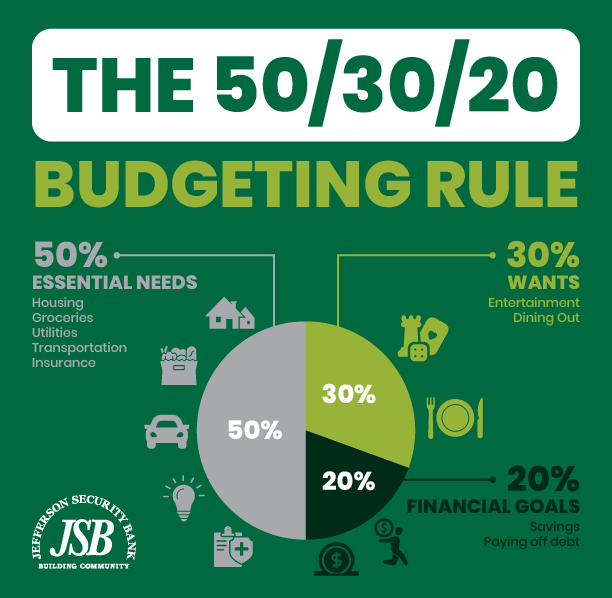How to Create a Business Budget That Works

Imagine steering a ship through stormy seas without a compass. Sounds daunting, right? Now, imagine running a business without a budget. Equally terrifying. A well-crafted business budget is your compass, guiding you through the tumultuous waters of the market. Let's dive into creating a business budget that works, ensuring your venture stays afloat and thrives.
Understanding the Importance of a Business Budget
A business budget is more than just a financial plan; it's a roadmap to success. It helps you allocate resources, plan for future expenses, and make informed decisions. Without a budget, you're essentially flying blind, which can lead to overspending, underinvesting, and ultimately, business failure.
Key Components of a Business Budget
Revenue Projection
Revenue projection is the cornerstone of your budget. It's the process of estimating your future sales and income. Start by analyzing your past sales data, market trends, and economic indicators. Be realistic but also consider potential growth opportunities. Tools like QuickBooks can help you with accurate revenue projections.
Expense Tracking
Expense tracking is the backbone of your budget. It involves monitoring and recording all your business expenditures. This includes fixed costs like rent and utilities, variable costs like raw materials, and one-time costs like equipment purchases. Use software like Mint to keep track of your expenses efficiently.
Cash Flow Management
Cash flow management is the lifeblood of your business. It ensures you have enough liquid assets to cover your expenses and invest in growth. A positive cash flow means you're generating more income than you're spending, which is crucial for sustainability. Tools like Float can help you manage your cash flow effectively.
Budgeting Strategies for Success
Zero-Based Budgeting
Zero-based budgeting is a method where you start from zero and allocate funds based on need and return on investment. This approach ensures that every dollar is accounted for and spent wisely. It's particularly useful for startups and small businesses with limited resources.
Incremental Budgeting
Incremental budgeting involves using the previous year's budget as a baseline and adjusting it based on expected changes. This method is simpler and less time-consuming but may not be as effective in identifying unnecessary expenses.
Activity-Based Budgeting
Activity-based budgeting focuses on the activities that drive costs. It involves analyzing each activity's cost and allocating resources accordingly. This approach is more complex but can lead to more accurate budgeting and cost savings.
Financial Forecasting: Looking Ahead
Financial forecasting is the process of predicting future financial outcomes based on historical data and market trends. It helps you anticipate changes in revenue, expenses, and cash flow, allowing you to adjust your budget accordingly. Tools like Sage Intacct can assist you with accurate financial forecasting.
Implementing Your Business Budget
Step 1: Gather Data
Start by gathering all relevant financial data, including past sales figures, expense reports, and market research. The more data you have, the more accurate your budget will be.
Step 2: Set Goals
Set clear, measurable goals for your business. These could include increasing revenue, reducing costs, or expanding into new markets. Your budget should align with these goals.
Step 3: Create a Budget Template
Create a budget template that includes all your income and expense categories. You can use spreadsheet software like Microsoft Excel or budgeting tools like Ynab for this.
Step 4: Allocate Funds
Allocate funds to each category based on your goals and data. Be realistic about your income and expenses, and leave room for unexpected costs.
Step 5: Review and Adjust
Regularly review your budget and adjust it as needed. Market conditions, economic trends, and business goals can change, and your budget should reflect these changes.
Conclusion
Creating a business budget that works is not just about crunching numbers; it's about understanding your business, setting clear goals, and making informed decisions. A well-crafted budget is your compass, guiding you through the challenges and opportunities that lie ahead. So, are you ready to steer your business towards success? Start by creating a budget that works for you.
FAQs
Why is a business budget important? A business budget is important because it helps you allocate resources, plan for future expenses, and make informed decisions. It's a roadmap to success that ensures your business stays on track.
What are the key components of a business budget? The key components of a business budget include revenue projection, expense tracking, and cash flow management. These components help you understand your income, monitor your expenses, and ensure you have enough liquid assets.
What are some effective budgeting strategies? Effective budgeting strategies include zero-based budgeting, incremental budgeting, and activity-based budgeting. Each strategy has its pros and cons, and the best one for you depends on your business needs and goals.
How can financial forecasting help my business? Financial forecasting helps your business by predicting future financial outcomes based on historical data and market trends. It allows you to anticipate changes in revenue, expenses, and cash flow, enabling you to adjust your budget accordingly.
How often should I review and adjust my business budget? You should review and adjust your business budget regularly, ideally every month or quarter. Market conditions, economic trends, and business goals can change, and your budget should reflect these changes to remain effective.


Belum ada Komentar untuk "How to Create a Business Budget That Works"
Posting Komentar